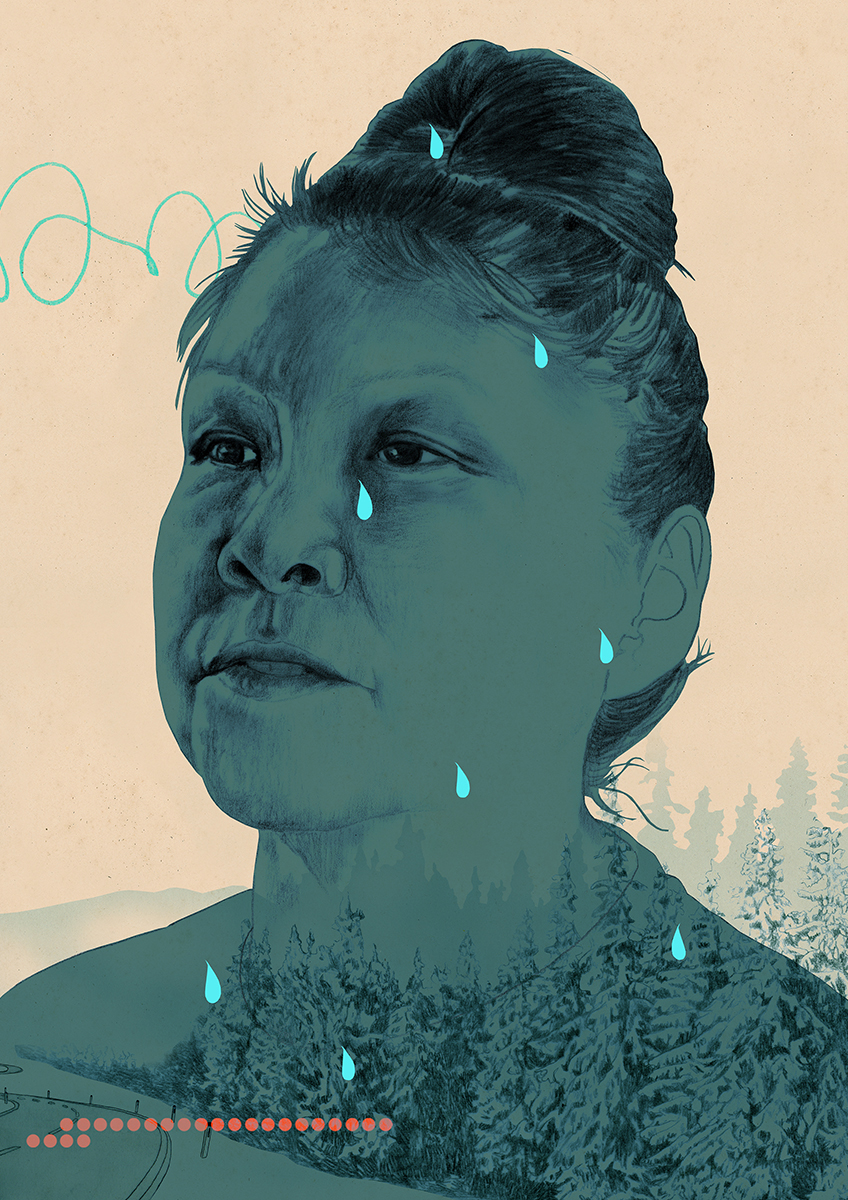
Brenda Wilson / Canada
On June 11, 1994, Brenda Wilson’s sister Ramona disappeared without a trace. The 16 year old wanted to go to a dance event and hitchhiked on the notorious „Highway of Tears“, because her sister could not drive her and there is (until today) no public transportation.
The „Highway of Tears“ is a 725-kilometer stretch of Highway 16 between Prince George and Prince Rupert in the Canadian province of British Columbia that has been the scene of numerous murders and missing persons cases of Indigenous girls and women since 1970. The police have had no interest in solving the cases and have acted in an openly racist manner for decades in the eyes of the families involved.

Brenda’s sister Ramona was found dead 10 months after her disappearance. Brenda could not bear the pain and became alcoholic and depressed.
Today, many years later, she is an activist, fighting racism and violence and keeping alive the memory of her sister and the 42 other missing women.
She pays visits to the families of the victims together with the police and builds bridges between the state and those affected.
Here, too, the trauma of residential schools, which forced indigenous children into cultural assimilation through strict re-education, left its mark.
First Nation families still suffer today, and the trauma is passed down through the generations. Unemployment, poverty, violence and drug use are often the resulting consequences.
I have lived in Canada for a total of over 2 years and Toronto has become my second home. I really like the people and their ways. Canada is close to my heart, but I have never understood why Canadians have had so little interest in coming to terms with their history instead of romanticizing and glorifying it. Unfortunately, it took the discovery of the Residential Schools mass graves to get started.